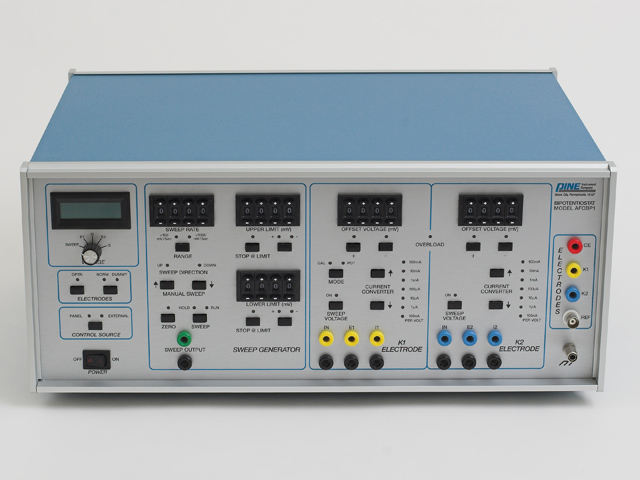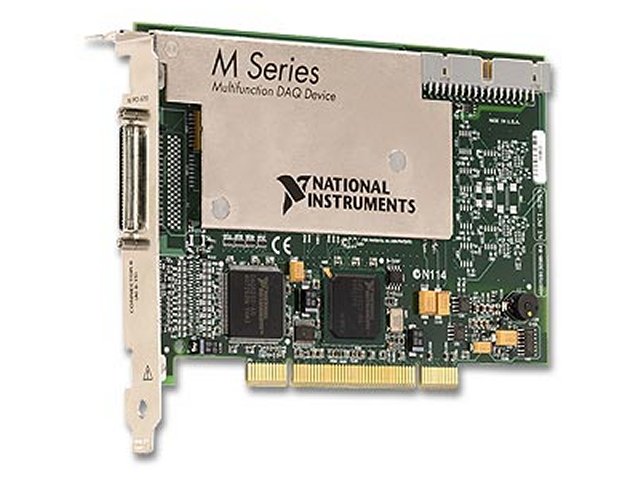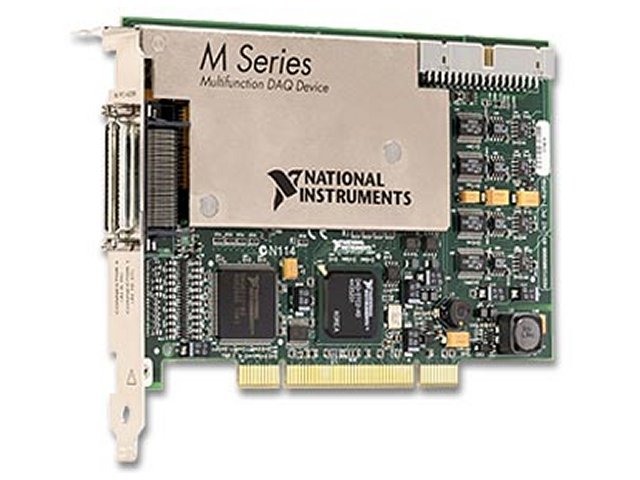The use of the PCI-6030E interface board in conjunction with a CBP bipotentiostat that has an internal filter board imposes certain restrictions on the current and potential measurement ranges. To mitigate any issues caused by this particular combination of boards, it is extremely important to use a version of the AfterMath software package that is AfterMath version 1.2.4532 (or a more recent version). Limitations specific to different versions of the software are described below.
If you are using AfterMath version 1.2.4532 (or a more recent version), then the following constraints will apply:
-
The maximum reliable potential measurement is ±5.0 volts. Voltage signals with a magnitude greater than 5.0 volts may be improperly measured in some circumstances.
-
The maximum reliable current measurement range is ±500 mA. Current signals with a magnitude greater than 500 mA may be improperly measured in some circumstances.
-
All of the current ranges more sensitive than ±500 mA will function properly, all the way down to the ±100 nA range.
If you are using an older version of AfterMath (prior to version 1.2.4532), then the following constraints will apply:
-
The maximum reliable potential measurement is ±5.0 volts. Voltage signals with a magnitude greater than 5.0 volts may be improperly measured in some circumstances.
-
The maximum reliable current measurement range is ±500 mA. Current signals with a magnitude greater than 500 mA may be improperly measured in some circumstances.
-
Some of the current ranges more sensitive than ±500 mA may not function properly. In particular, current signals measured while using the ranges which are even powers of ten (i.e., 100 mA, 10 mA, 1 mA, … , 100 nA) may be improperly measured in some circumstances. It is strongly recommended to only use the current ranges which are not even powers of ten (i.e., 500 mA, 250 mA, 50 mA, 25 mA, etc.).
-
If you are using any version of our older PineChem software, then the following constraints will apply:
-
The maximum reliable potential measurement is ±5.0 volts. Voltage signals with a magnitude greater than 5.0 volts may be improperly measured in some circumstances.
-
The maximum reliable current measurement range is ±500 mA. Current signals with a magnitude greater than 500 mA may be improperly measured in some circumstances.
-
Some of the current ranges more sensitive than ±500 mA may not function properly. In particular, current signals measured while using the ranges which are even powers of ten (i.e., 100 mA, 10 mA, 1 mA, … , 100 nA) may be improperly measured in some circumstances. It is strongly recommended to only use the current ranges which are not even powers of ten (i.e., 500 mA, 250 mA, 50 mA, 25 mA, etc.).
-
Note that all of the above constraints apply only to the specific combination of using the PCI-6030E interface board with a CBP bipotentiostat which contains an internal filter board. If you use any of the other supported interface boards, then the above measurement constraints do not apply.










